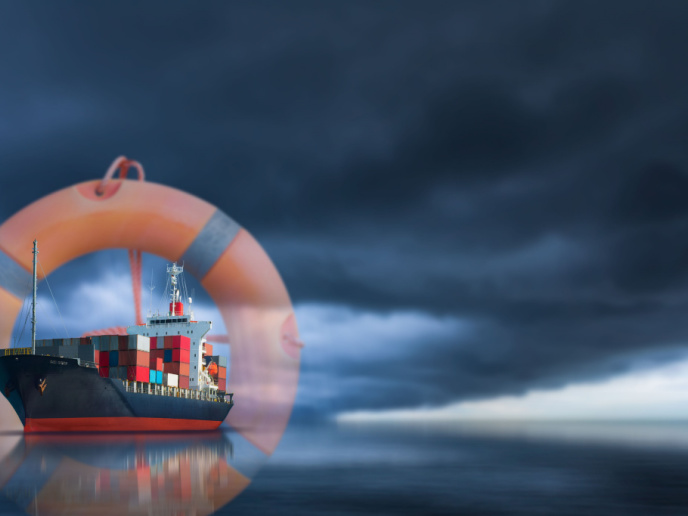A precise positioning and prediction system for ship safety
The EU-funded PREPARE Ships(opens in new window) project set out to develop and demonstrate a collaborative resilient navigation solution for the enhanced safety of ships. Its work was based on the idea that a highly accurate positioning for vessels based on Galileo’s services, together with predictions of the future motions of a vessel and a next generation communication solution, could drastically reduce uncertainty at sea.
Reducing uncertainty and increasing safety, efficiency and security
As noted on the project website, PREPARE Ships addressed challenges to increase “the safety, energy efficiency and security for vessels in today’s industry, which is challenging related to increased automation and exposure of safety critical systems.” The project team made use of machine learning and previous ship behaviour to calculate predictions of vessels’ future movements. “Overall, the Prepare System is a collaborative resilient navigation solution. With it, ships can communicate not only their current positions but also their future ones through their planned routes or future movement predictions,” explains Joakim Lundman, project coordinator. Other ships can use this information for timely planning of their own routes – and avoid close quarter situations. This reduces the risk of collision and potential traffic disturbances. In the same vein, predictions of future movement facilitate ship handling, contributing to improved energy efficiency, and reduce the risk of grounding or contact. The Prepare System provides highly accurate, precise and robust positioning using Galileo services and corrections, such as precise point positioning and real-time kinematic positioning. Ship-to-ship and ship-to-shore communication of predictions is made possible through VDES, the next generation AIS data exchange system over VHF for maritime applications.
Win-win for ships, seafarers and the environment
A visualisation(opens in new window) shows three vessels on the second day of the Prepare System final test campaign. Lundman elaborates: “M/Y @Sea, SSRS Märta Collin and M/S Stena Germanica came together in Gothenburg’s archipelago, with this day’s focus on exchanging ECDIS routes and our new dynamic predictor via VDES between the ships, to great success!” A full test has also been conducted on Prepare System’s impact on safety and the environment. PREPARE Ships didn’t cast anchor there though. “To achieve our goal of improving navigational safety, we put high value on receiving input from the navigators who will end up using those solutions,” Lundman notes. “That’s why our team joined on board Stena Germanica on her overnight trip to Kiel to evaluate more functionalities together with the bridge team.” The team presented its results at the project’s final conference in Gothenburg in May 2022. There, the system’s capabilities and technical details were presented and its relevance for maritime safety and operations was discussed with key stakeholders. A full log of project-related publications(opens in new window) is available online, and for the visually oriented, so is the ‘Prepare Ships Final Movie 2022’(opens in new window).







